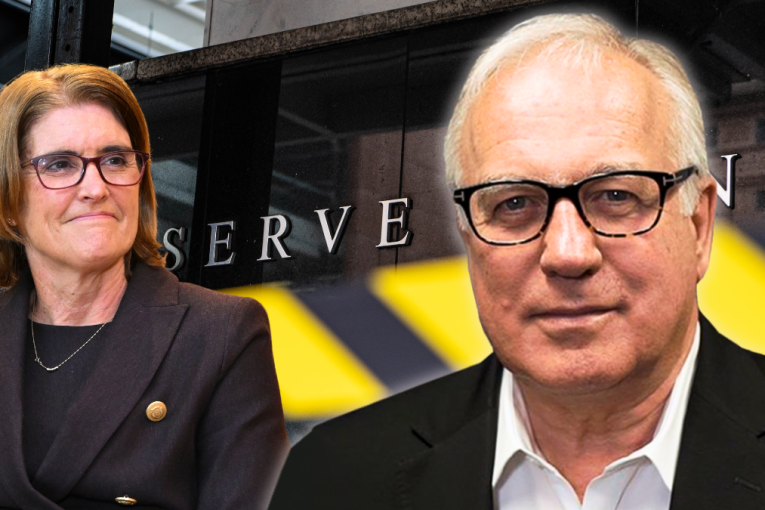How to use your superannuation once you retire


Australians who continue working can access their superannuation once they turn 65. Photo: Getty
You have worked hard for decades and put together a retirement nest egg and are now thinking about how to enjoy it.
There are a number of things you need to consider to set yourself up to enjoy your retirement years.
The first is when you want to retire.
If you retire after you reach what is known as your preservation age, which varies according to your date of birth and is 60 years old for people born after July 1, 1964, you can access your super.
Once you have decided to retire, you need to trigger a condition of release by quitting your job and informing your super fund.
Then you need to work out how much you want to draw down from your superannuation and how you want to withdraw it.
You can set up a retirement income stream or draw down a lump sum or opt to do a mix of both.
“The most sensible thing to do is to draw a retirement income stream via an allocated pension, which is tax free,” said Michael Abrahamsson, principal of Flinders Private Wealth.
Your pension is subject to minimum drawdown requirements enforced by the Australian Taxation Office.
In normal years, if you are under 65 you must draw down at least 4 per cent of your fund balance each year and at least 14 per cent if you live beyond 95 – but the government has halved these minimum drawdown rates until July 2022 as a result of the pandemic.
Converting your super into an allocated pension means the fund pays no tax on its investment returns.
While you’re working, both the earnings in your super fund and your contributions are taxed at 15 per cent, so the tax-free status of your earnings in the pension phase will help to offset the fact you are no longer contributing in retirement.

A lump sum could help fund that long-awaited trip. Photo: Getty
The other option is to take a lump sum.
“If you still have a mortgage or other debts or you want to buy a new car or go on a trip, taking a lump sum makes sense,” Mr Abrahamsson said.
Once the lump sum is taken out then you can convert whatever is remaining into an allocated pension and live on the tax-free income.
Lump sums are often not a one-off event for retirees.
People may, for example, want to withdraw further lump sums to help their children buy a property or renovate their homes.
As these expenditures are discretionary, it pays to be smart about when you access the lump sums.
“Don’t do it in a year when super is down 10 or 15 per cent because you are locking in losses,” Mr Abrahamsson said.
“Do it when you have had a good year like we’ve just seen and funds are up as much as 20 per cent so you are taking profits.”
So how much should you take out?
An ideal target for your post-retirement income is 70 per cent of what you were earning before you retired.
With super’s tax-free status factored in, that would deliver you about the same after-tax income as when you were working, Mr Abrahamsson said.
If your super balance is too low to fully fund your retirement at that level, remember you are most likely eligible for a part or full age pension.
That, along with super drawdowns, can deliver you a good retirement income.
The pension assets test will be applied to see how much, if any, you can withdraw in the age pension while drawing down your super.
The chart above details the asset thresholds, excluding the family home, that apply for you to get a full and part pension. (If you have assets valued above the thresholds, you will not be able to access the age pension.)
The age pension will deliver you up to $24,770 a year for a single and $37,340 for a couple and is payable once you reach 66 years and 6 months.
Remember the age pension is an insurance policy against spending more super than you planned.
“If you find yourself spending super [more quickly] than you would like, the age pension will ratchet up as your balance declines,” Mr Abrahamsson said.
Retirement is reversible
Another useful thing to remember is that retirement is not necessarily for keeps.
If you want to go back to work after triggering a condition of release, that is fine and has some big tax advantages.
But perhaps unsurprisingly, you can’t pretend to quit your job on a Friday and decide over the weekend you want to go back on Monday.
But you can take up a different job, perhaps part time, after you have legitimately retired and begin making super contributions again.
A smart strategy in this situation is to continue receiving your tax-free super pension while making concessional contributions back into super from your salary.
As a result, you will have a lower tax rate than you would have had before you retired.
If you choose to continue working, you can draw down your super without triggering a condition of release once you turn 65.
That means you could stay in your old job with a reduced income tax rate while receiving a super pension.
The New Daily is owned by Industry Super Holdings








